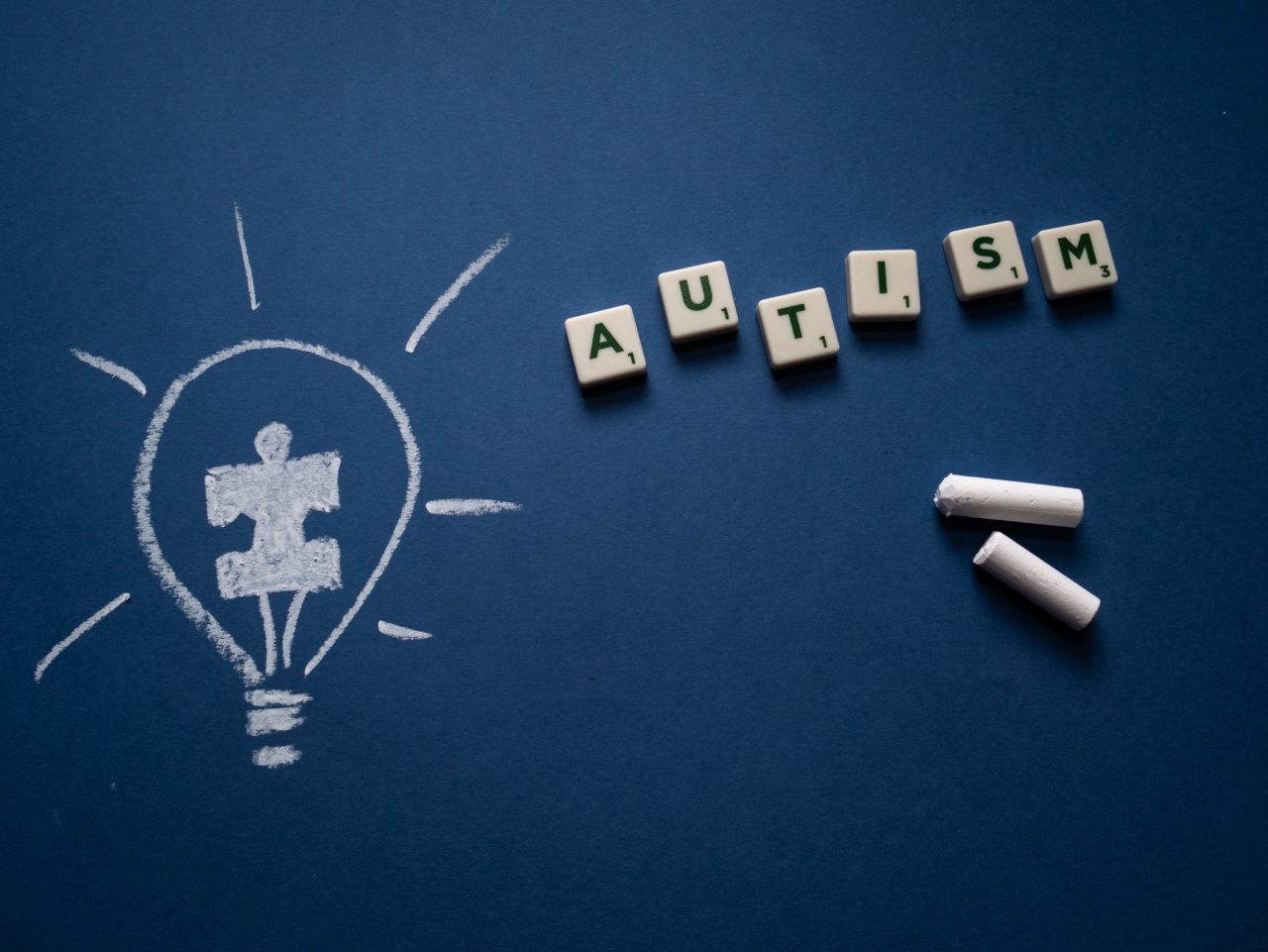Autism Spectrum Disorder (ASD) is a developmental disorder that affects communication, social interaction, and behavior. Signs of ASD can be seen as early as infancy. However, it is not always easy to recognize the symptoms of ASD in infants and toddlers.
In this article, we will discuss the signs and symptoms of ASD in infants and toddlers and how parents and caregivers can recognize them.
What is Autism Spectrum Disorder?
ASD is a complex neurodevelopmental disorder that affects social interaction, communication, and behavior. ASD affects each individual differently and can range from mild to severe.
The Centers for Disease Control and Prevention (CDC) estimates that 1 in 54 children in the United States has ASD.
What are the signs and symptoms of ASD in Infants?
ASD can be recognized in infants as early as 6 months old. The signs and symptoms of ASD in infants may include:.
- Lack of social smile or facial expression
- Little to no eye contact
- Not responding to name or being called
- Lack of interest in playing with others
- Difficulty reading social cues
- Delayed infant babbling or speech development
- Not pointing or using gestures to communicate
- Repetitive movements or actions
What are the signs and symptoms of ASD in Toddlers?
ASD can also be recognized in toddlers. The signs and symptoms of ASD in toddlers may include:.
- Delay in language and speech development
- Difficulty forming friendships with peers
- Unusual play behavior, such as repetitive or unusual movements
- Resistance to physical contact or touch
- Extreme or intense reactions to sensory stimuli
- Frequent tantrums or meltdowns
- Difficulty with transitions or changes in routine
- Obsessive interests in certain activities or objects
How to Recognize the Signs of ASD in Infants and Toddlers?
Recognizing the signs of ASD in infants and toddlers can be challenging, but early recognition is critical for children with ASD to receive early intervention services.
Here are some tips for parents and caregivers to recognize the signs of ASD in infants and toddlers:.
- Pay attention to social interaction and communication skills. Monitor your child’s response to social cues, eye contact, and language development.
- Observe your child’s behavior and play activities. Ensure you are noting any repetitive or stereotypic behavior or unusual actions.
- Listen for communication concerns. Not speaking, not pointing, delayed speech and language development signal potential concerns.
- Discuss your concerns with your child’s pediatrician, share specific observations and explain why you believe your child is demonstrating concerns.
- Reach out to other parents, caregivers, and family members. They may notice issues differently than you, and together you can talk and share observations.
Conclusion
ASD is a challenging and complex neurodevelopmental disorder. However, recognizing the signs of ASD in infants and toddlers can allow for earlier intervention and support.
Keep in mind the signs and symptoms profiled above and pay close attention to infant and toddler behaviors. Take any concerns you have to trained professionals for comprehensive assessment and diagnosis.






























